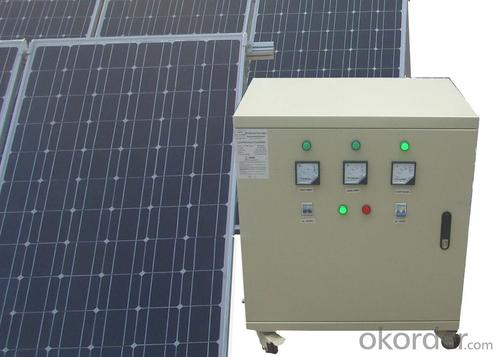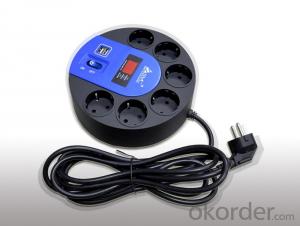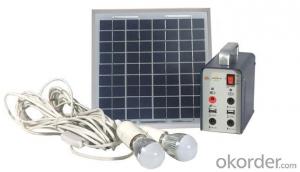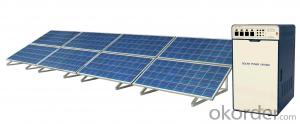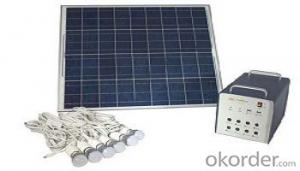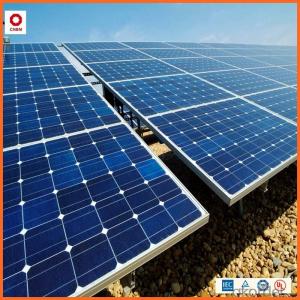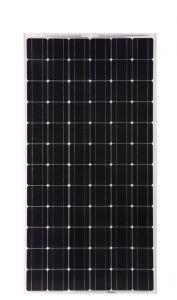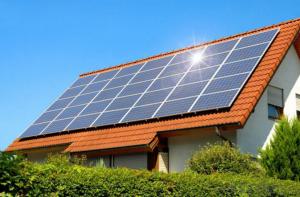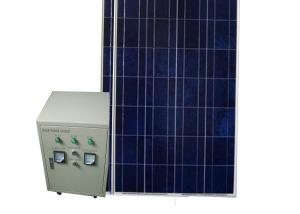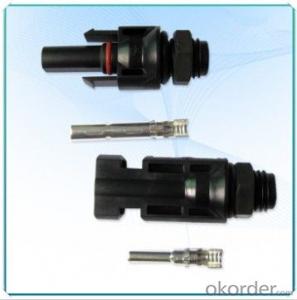CNBM Solar Energy Systems Austin TX - CNBM-K7 (3kW)
- Loading Port:
- China Main Port
- Payment Terms:
- TT or L/C
- Min Order Qty:
- 1 set set
- Supply Capability:
- 1000 sets per month set/month
OKorder Service Pledge
OKorder Financial Service
You Might Also Like
Brief Introduction of Solar Energy System CNBM-K7 (3KW)
CNBM Home System-K7 (3KW) has a wonderful capacity.It can be used in factory,home,school and other CNBM Home System-K7 (3KW) consist of the solar modules,charge controller,inverter and battery banks.
CNBM International is highly recognized by its business partners and clients all over the world and has obtained rapid development under the spirit of win-win .
With CNBM Home System-K7 (3KW),
We will carry on the mutual beneficial,innovative and revolutionary trading structure as we did before,create value for our employees,share holders and clients and benefit the whole society in our future development.Please contact us ,if you have interest in CNBM Home System-K7 (3KW),don’t hesitate!
The Sketching of Solar Energy System CNBM-K7 (3KW)
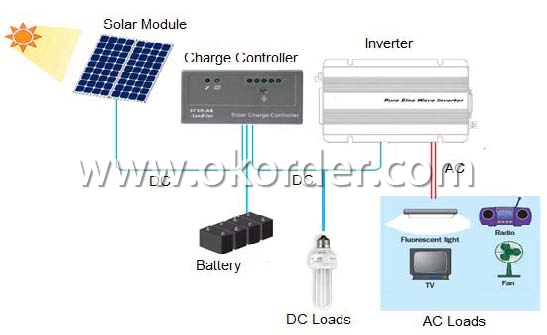
Components of Solar Energy System CNBM-K7 (3KW)
PV Array:
Convert sunlight instantly into DC electric power. Formed by the solar modules (also called photovoltaic modules) in accordance with the system requirements for series and parallel.
Solar Charge Controller:
A charge controller may be used to power DC equipment with solar panels. The charge controller provides a regulated DC output and stores excess energy in a battery as well as monitoring the battery voltage to prevent over charge or over discharge. An inverter can be connected to the output of a charge controller to drive AC loads.
Inverter:
Converts DC output power of photovaltaic soalr panels into standard AC power for use in the local off-grid electrical network. It is a critical component in a photovoltaic system, allowing the use of ordinary commercial appliances.
Battery banks:
Stores energy when there is an excess coming in and distribute it back out when there is a demand. Solar PV panels continue to re-charge batteries each day to maintain battery charge.
Technical data of Solar Home System CNBM-K7 (3KW) | ||
Inverter | Rated load power | 3000W |
Output wave | Pure sine wave | |
Output voltage | DC 48V | |
Output frequency |
AC:220V | |
Precision of output | 50HZ/60HZ | |
Precision of output frequency | ±6% | |
Solar panel | Pmax | 245W*12PCS |
Vmp | 31.1V*2 | |
Imp | 7.89A*6 | |
Charger | Charger voltage & current | 48V /30A*3PCS |
Battery | Capacity | 12V 135AH*4*3PCS |
Support | Aluminum | 2PCS/SET*6 |
Power box | Spray paint iron box,with input,output,ammeter,voltmeter,master swith and so on. | |
Package of Solar Home System CNBM-K7 (3KW) | ||||
Part | Size(L*W*H mm) | Weight(kg) | 20’(pcs) | 40’(pcs) |
Power box | 800*540*780 | 70 | 20 Sets | 26 Sets |
Solar panel | 1655*992*40 | 280 | ||
Battery | 1100*520*650 | 600 | ||
Factory Picture of Solar Energy System CNBM-K7 (3KW)
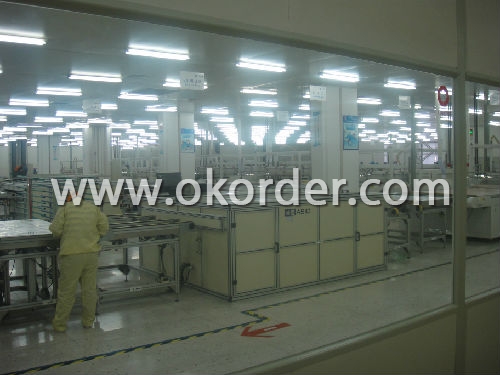
Package Picture of Solar Energy System CNBM-K7 (3KW)
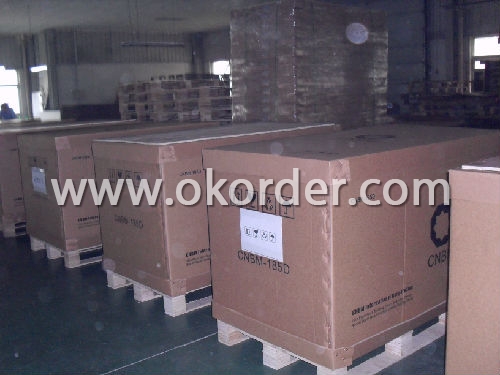
- Q: What is the impact of shading from nearby trees or buildings?
- The impact of shading from nearby trees or buildings can vary depending on the specific situation. In general, shading can provide relief from direct sunlight, reducing heat gain and providing a more comfortable environment. However, excessive shading can limit the amount of natural light entering a space, potentially leading to dark and gloomy interiors. Additionally, shading can affect the growth and health of plants, as they may not receive adequate sunlight for photosynthesis. Proper management of shading is crucial to balance the benefits of shade with the potential drawbacks.
- Q: What is the lifespan of solar batteries used in solar energy systems?
- The lifespan of solar batteries used in solar energy systems typically ranges from 5 to 15 years, depending on various factors such as the type of battery, usage patterns, maintenance, and environmental conditions.
- Q: What is a solar inverter and what does it do?
- The solar inverter is a crucial element in a solar power system, responsible for transforming the direct current (DC) electricity produced by solar panels into alternating current (AC) electricity, which is the type commonly used in households and businesses. When sunlight strikes the photovoltaic cells, solar panels generate DC electricity by creating an electrical charge. However, AC electricity is the primary power source for most household appliances and the power grid. Consequently, a solar inverter is necessary to convert the DC power from the solar panels into AC power suitable for operating household appliances or feeding back into the grid. In addition to converting electricity, solar inverters fulfill other vital tasks. They regulate voltage and current levels to ensure the produced electricity is safe and compatible with electrical devices. Furthermore, solar inverters incorporate a mechanism known as Maximum Power Point Tracking (MPPT) to optimize the energy output of the solar panels. MPPT adjusts the operating voltage and current of the solar panels to extract the maximum power, even in various weather and shading conditions. Moreover, solar inverters possess built-in safety features to safeguard the system and the electrical grid. They continually monitor the flow of electricity and promptly shut down the system in case of faults, such as short circuits or grid outages, to prevent any potential damage or injuries. In summary, the solar inverter plays an indispensable role in a solar power system, converting the DC electricity generated by solar panels into AC electricity necessary for powering homes, businesses, and the electrical grid. Moreover, it guarantees the secure and efficient operation of the system through voltage and current regulation, energy output optimization, and protection against faults.
- Q: How much maintenance does a solar energy system require?
- A solar energy system requires very little maintenance. Routine inspections and cleaning of solar panels may be necessary, but overall, they have a long lifespan and require minimal upkeep.
- Q: Are there any risks of electrical fires with solar energy systems?
- Yes, there are potential risks of electrical fires associated with solar energy systems. While solar energy systems are generally considered safe, there are a few factors that can increase the risk of electrical fires. One of the main risks is improper installation or maintenance of the system. If the wiring is not done correctly or if there are issues with the electrical connections, it can lead to overheating and potential fire hazards. Additionally, if the solar panels are not properly grounded or if there are faults in the system, it can also increase the risk of electrical fires. It is crucial to hire qualified professionals for installation and regular maintenance of solar energy systems to minimize these risks. Fire safety precautions such as using appropriate wiring, installing proper fire detection and suppression systems, and ensuring adequate ventilation around the solar panels can further reduce the risk of electrical fires. Overall, while solar energy systems are generally safe, it is important to be aware of these risks and take necessary precautions to mitigate them.
- Q: What is the role of charge controllers in a solar energy system?
- The role of charge controllers in a solar energy system is to regulate and control the flow of electricity between the solar panels and the battery bank. They ensure that the batteries are charged efficiently and protect them from overcharging or discharging, thus prolonging their lifespan. Charge controllers also prevent the solar panels from backfeeding into the grid during low or no-load conditions, ensuring safety and compliance with electrical regulations.
- Q: Can a solar energy system be installed on a parking garage or structure?
- Yes, a solar energy system can be installed on a parking garage or structure. In fact, parking garages and structures are often ideal locations for solar panel installations due to their large, open areas and unobstructed access to sunlight. Installing solar panels on parking structures not only helps to generate clean and renewable energy, but it can also provide shading for parked vehicles, reducing the heat island effect and improving energy efficiency.
- Q: How much energy can a solar energy system generate?
- The amount of energy a solar energy system can generate depends on various factors such as the size and efficiency of the system, the amount of sunlight available, and the location of the system. On average, a well-designed solar energy system can generate enough electricity to power a significant portion of a household's energy needs. However, larger systems or those installed in areas with abundant sunlight can generate even more energy, potentially allowing for surplus energy to be fed back into the grid.
- Q: How do solar energy systems impact the affordability of electricity?
- Solar energy systems have a significant effect on the affordability of electricity. One of the primary advantages of solar energy is its ability to provide a constant and renewable power source. By harnessing the energy from the sun, solar systems can generate electricity without relying on fossil fuels, which can be volatile in price and deplete over time. This stability in energy costs assists in lowering the overall price of electricity. Furthermore, solar energy systems aid homeowners and businesses in saving money on their utility bills. Once installed, solar panels produce electricity at no expense, reducing the need for grid power and decreasing monthly electricity expenses. In some cases, solar energy systems can even generate surplus electricity that can be sold back to the grid, further offsetting costs. Additionally, solar energy systems often come with financial incentives and tax credits from governments and utility companies. These incentives can help decrease the initial costs of installing solar panels, making them more affordable for individuals and businesses. As solar technology progresses and becomes more efficient, the cost of equipment and installation has been consistently decreasing, making solar energy systems even more accessible. In summary, solar energy systems have a positive impact on the affordability of electricity by providing a sustainable and cost-effective alternative to traditional power sources. By reducing dependence on fossil fuels, lowering energy bills, and offering financial incentives, solar energy systems play a crucial role in making electricity more affordable for both individuals and society as a whole.
- Q: How do solar energy systems perform in different weather conditions?
- Solar energy systems can still generate electricity on cloudy or rainy days, although their performance may be reduced compared to sunny days. However, extreme weather conditions such as heavy snow or hail can have a more significant impact on their efficiency. Overall, solar energy systems are designed to perform well in various weather conditions, but their output may vary depending on the level of sunshine available.
Send your message to us
CNBM Solar Energy Systems Austin TX - CNBM-K7 (3kW)
- Loading Port:
- China Main Port
- Payment Terms:
- TT or L/C
- Min Order Qty:
- 1 set set
- Supply Capability:
- 1000 sets per month set/month
OKorder Service Pledge
OKorder Financial Service
Similar products
Hot products
Hot Searches
Related keywords



